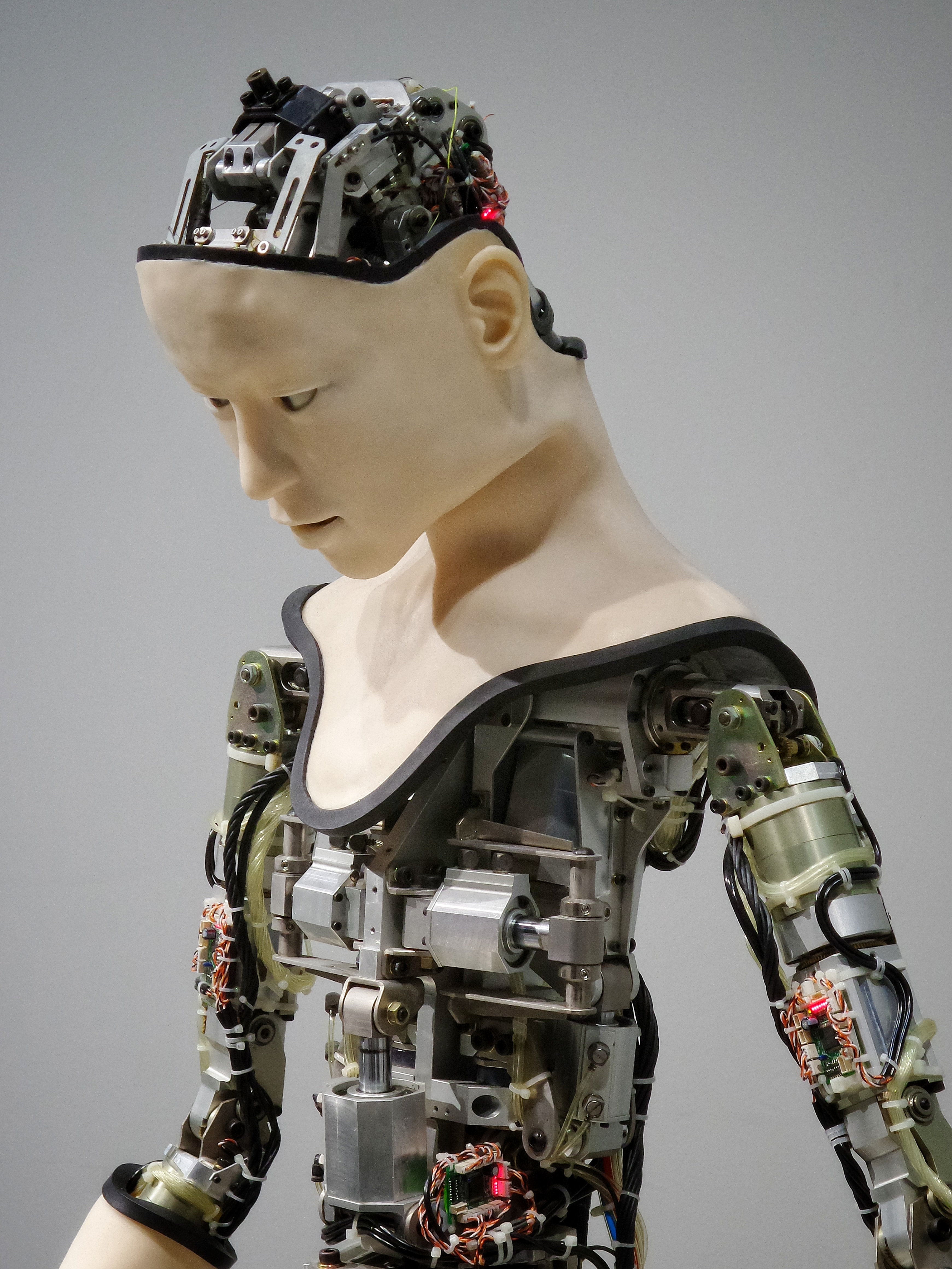
CONTEXT: When Sci Fi and the real world merge you create an avatar to represent who you are to the people you meet virtually | An interesting article about the psychology and technical progress of avatars (meta-human avatars), the uses (games, business, facebook etc) and abuses (deep fakes)
IMPACT: 7
READ TIME: 3 mins
Quality Level Mean [1 – 10]: 4
CATEGORY: Real World Research (RWR) | RWE – Real World Evidence | RWD Sources | Movers and Shakers | Health Tech | Medical Devices | HEOR & Reimbursement | RWR & COVID 19 | Regulatory Updates | Schrödinger’s Donkey | Decentrialised Trials | Oncology | Mental Health
Quality Level Mean [1 – 10, 10 highest, includes IMPACT multiplied by our own input rating]:
1. “While still a long way from the hyper-realistic Codec Avatar project, Facebook has recently announced a substantial step down that path, rolling out avatars with real-time animated gestures and expressions for Facebook’s virtual reality world, Horizon.”
2. “The Codec Avatars research project focuses on ultra-realistic avatars, potentially modeled directly on users’ bodies, and modeling the user’s voice, movements, and likeness, looking to power the ‘future of connection’ with avatars that enable what Facebook calls ‘social presence’ in their VR platform.”
3. “Facebook’s plan for Codec Avatars is to verify users with “through a combination of user authentication, device authentication, and hardware encryption, and is “exploring the idea of securing future avatars through an authentic account.””
4. “Facebook’s Codec Avatar research suggests that it will eventually require a lot of sensitive information about its users’ faces and body language: both their detailed physical appearance and structure (to recognize you for authentication applications, and to produce photorealistic avatars, including full-body avatars), and our moment-to-moment emotions and behaviors, captured in order to replicate them realistically in real-time in a virtual or augmented social setting.”
5. “Inferences based on egocentric collection of data about users’ emotions, attention, likes, or dislikes provide platforms the power to control what your virtual vision sees, how your virtual body looks like, and how your avatar can behave.”
